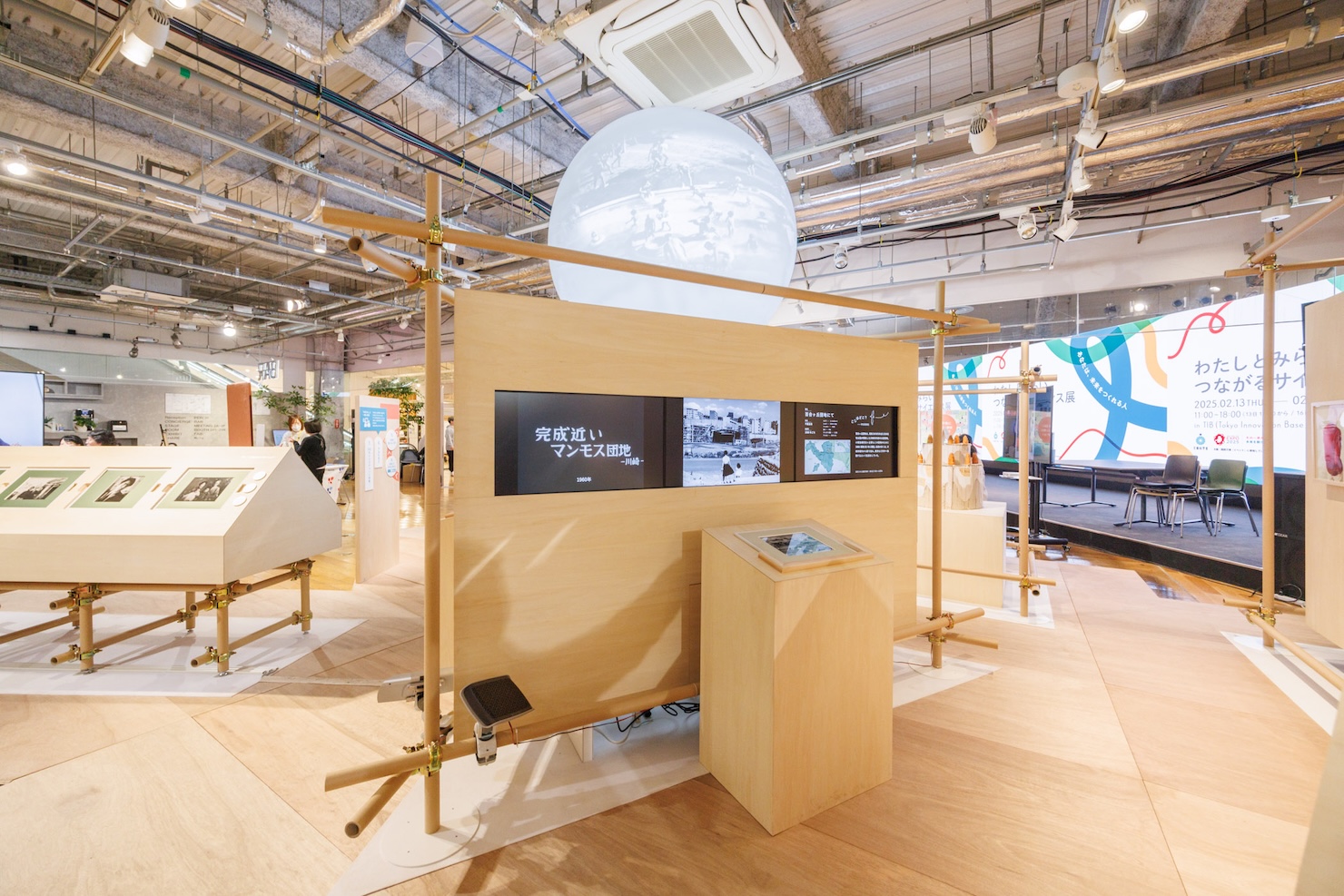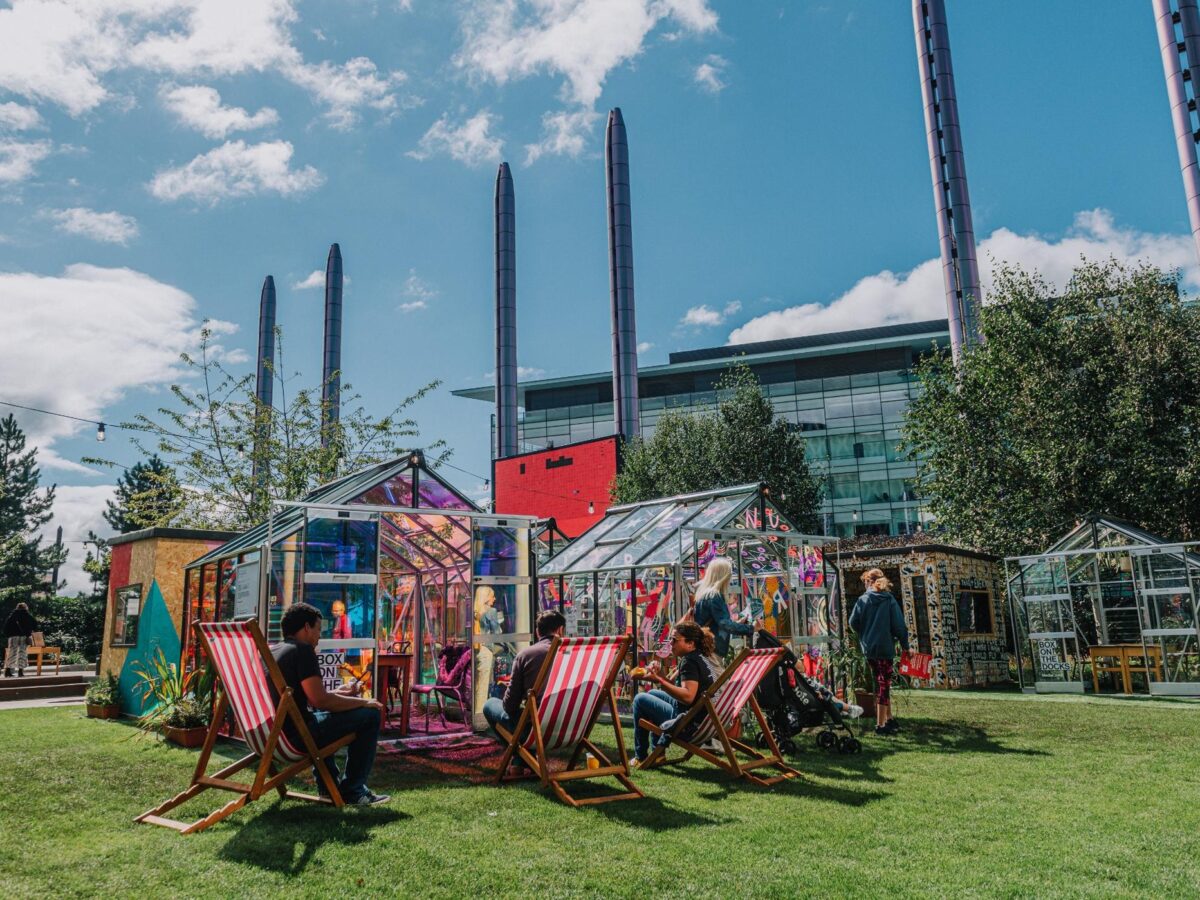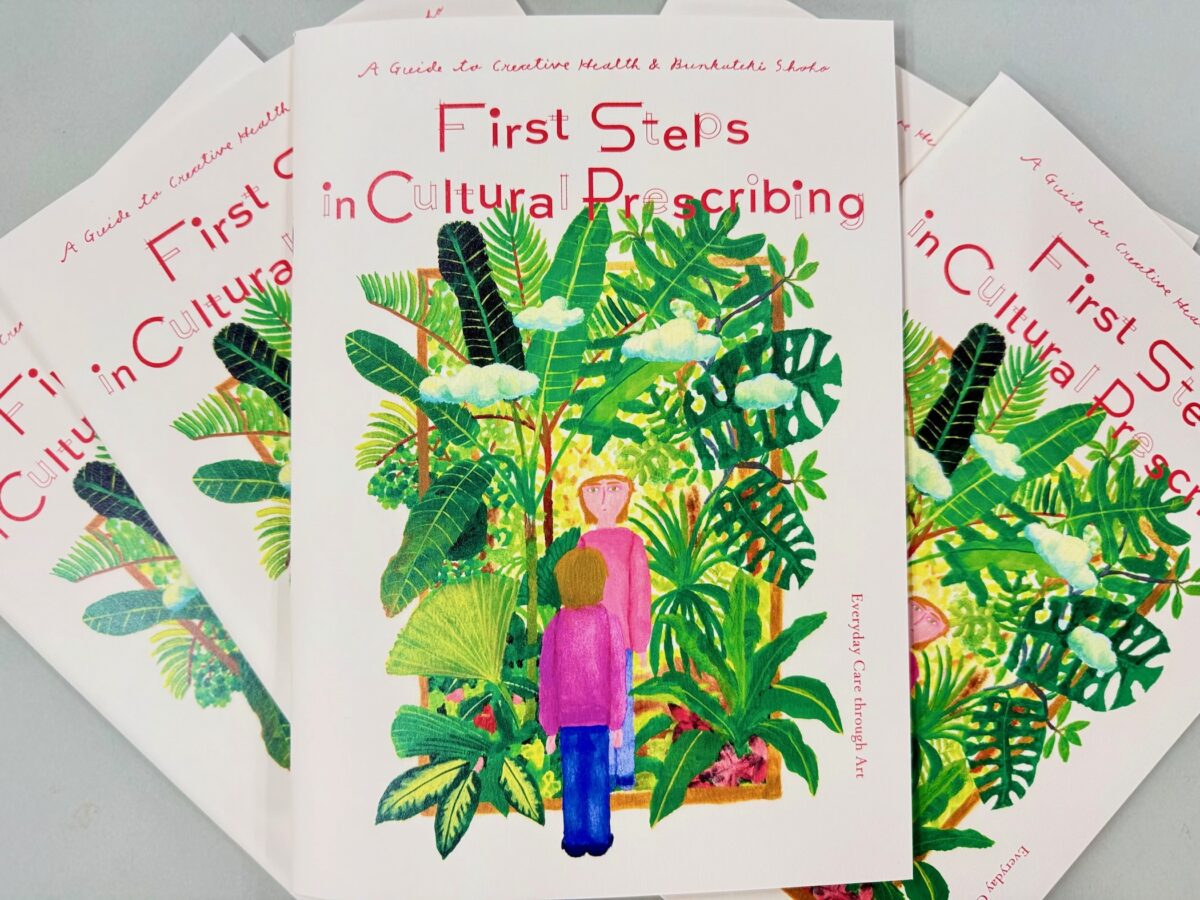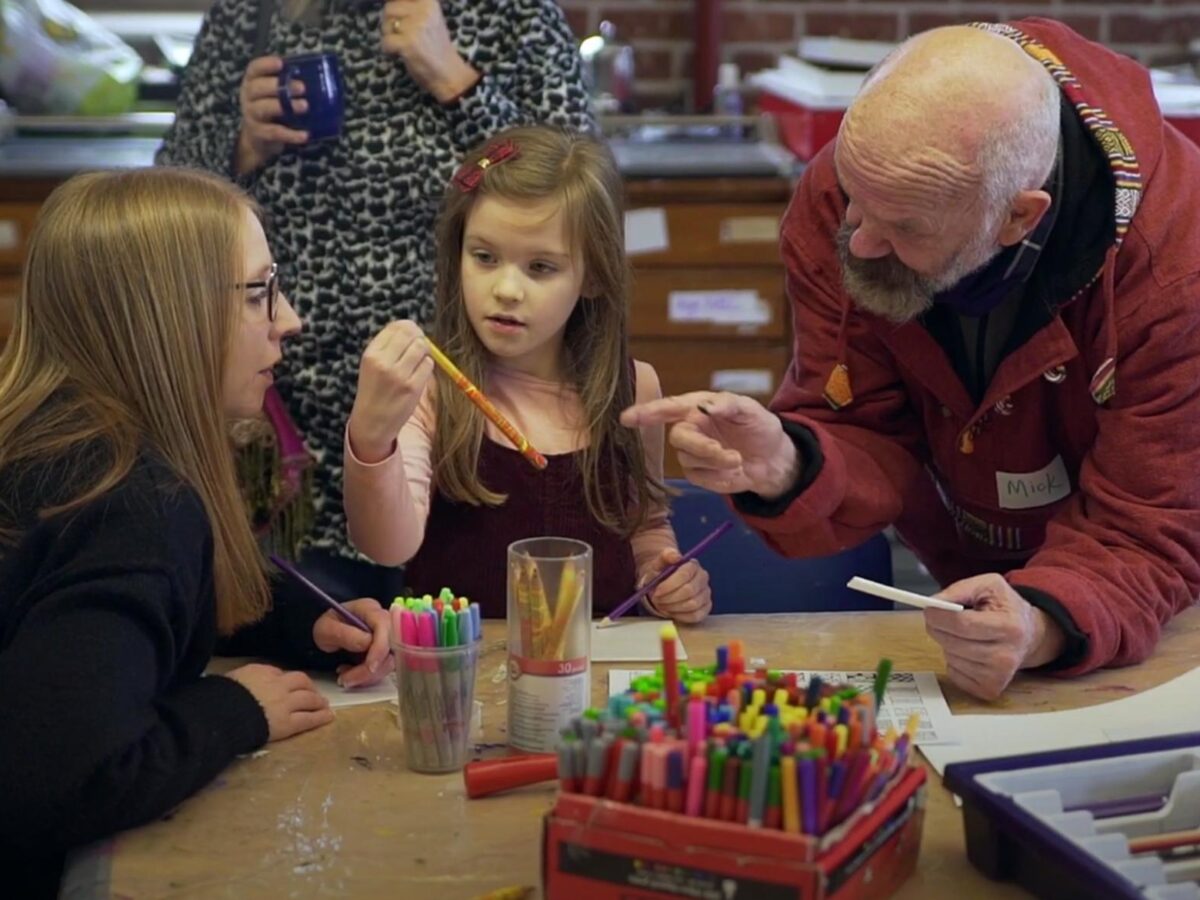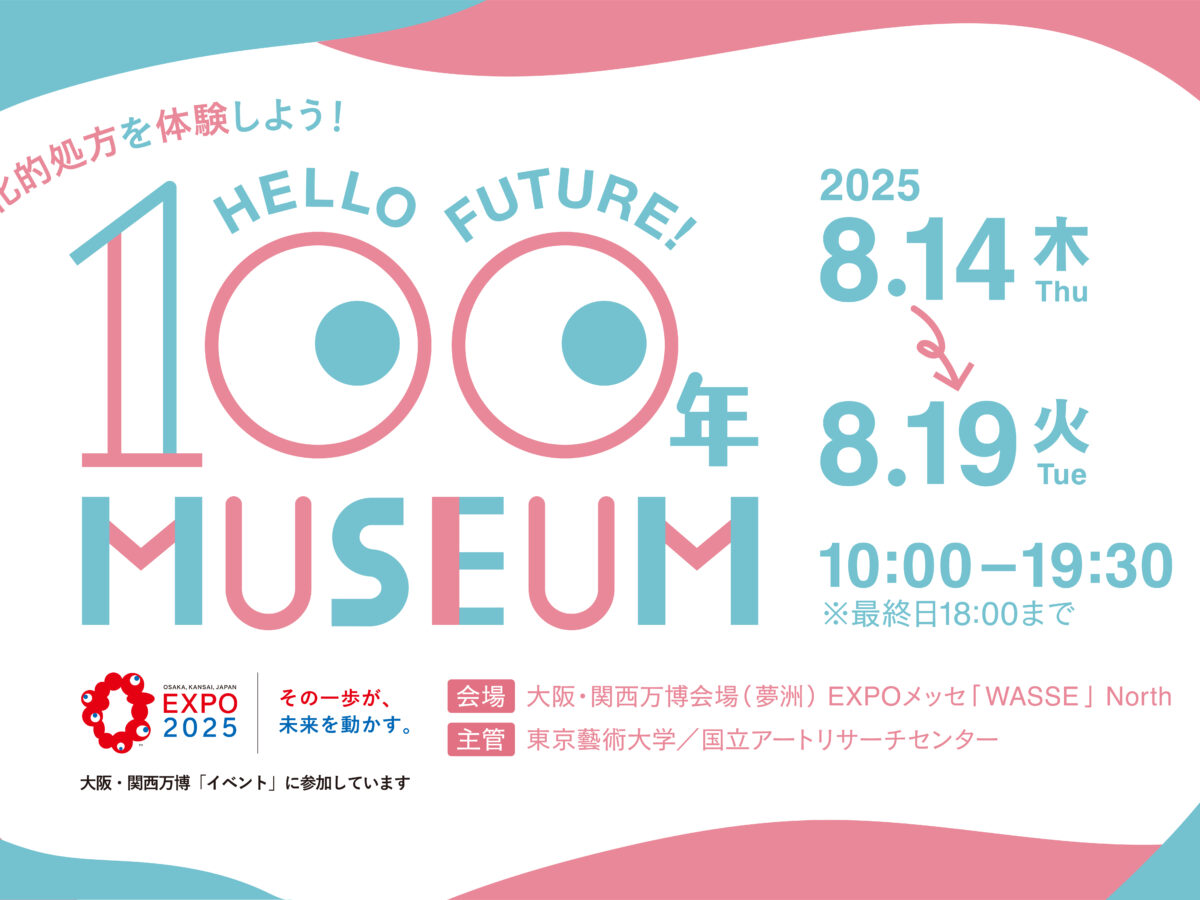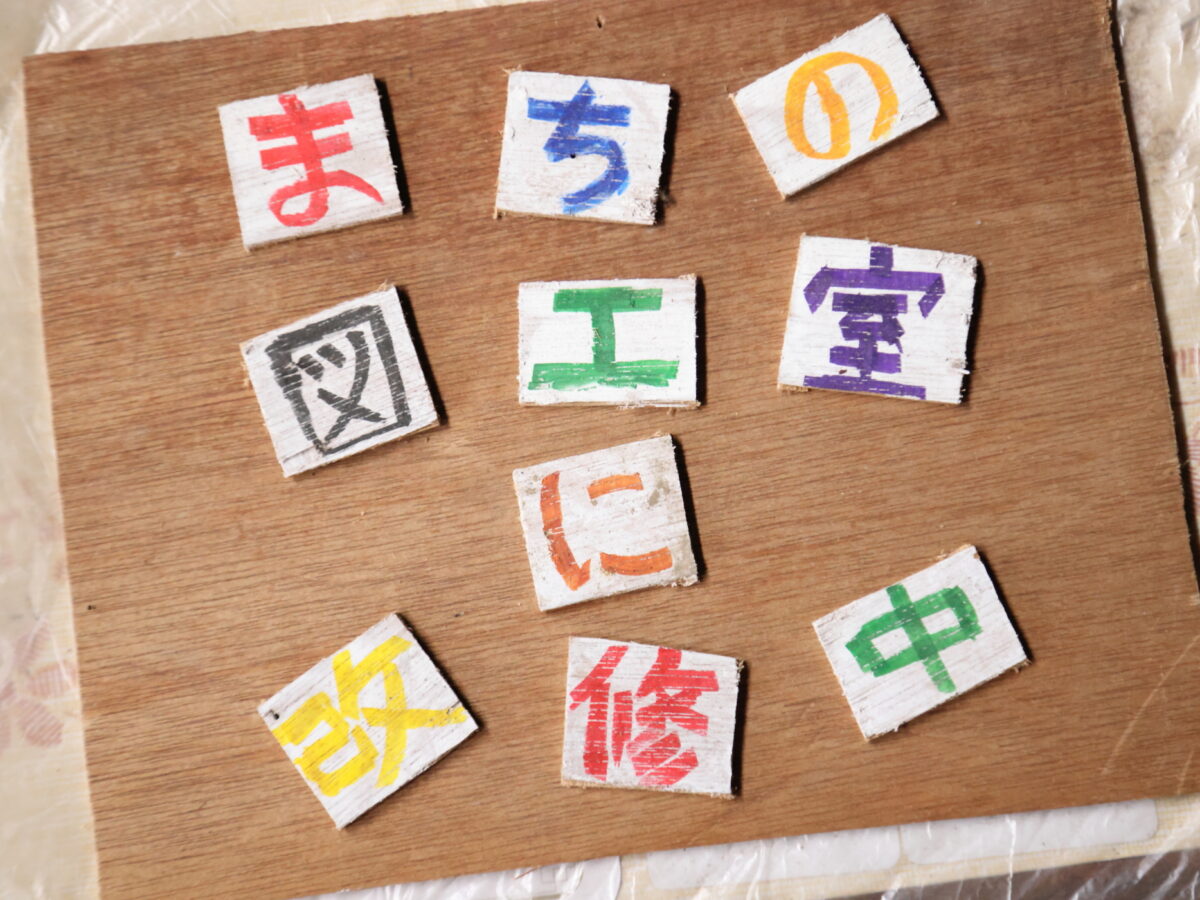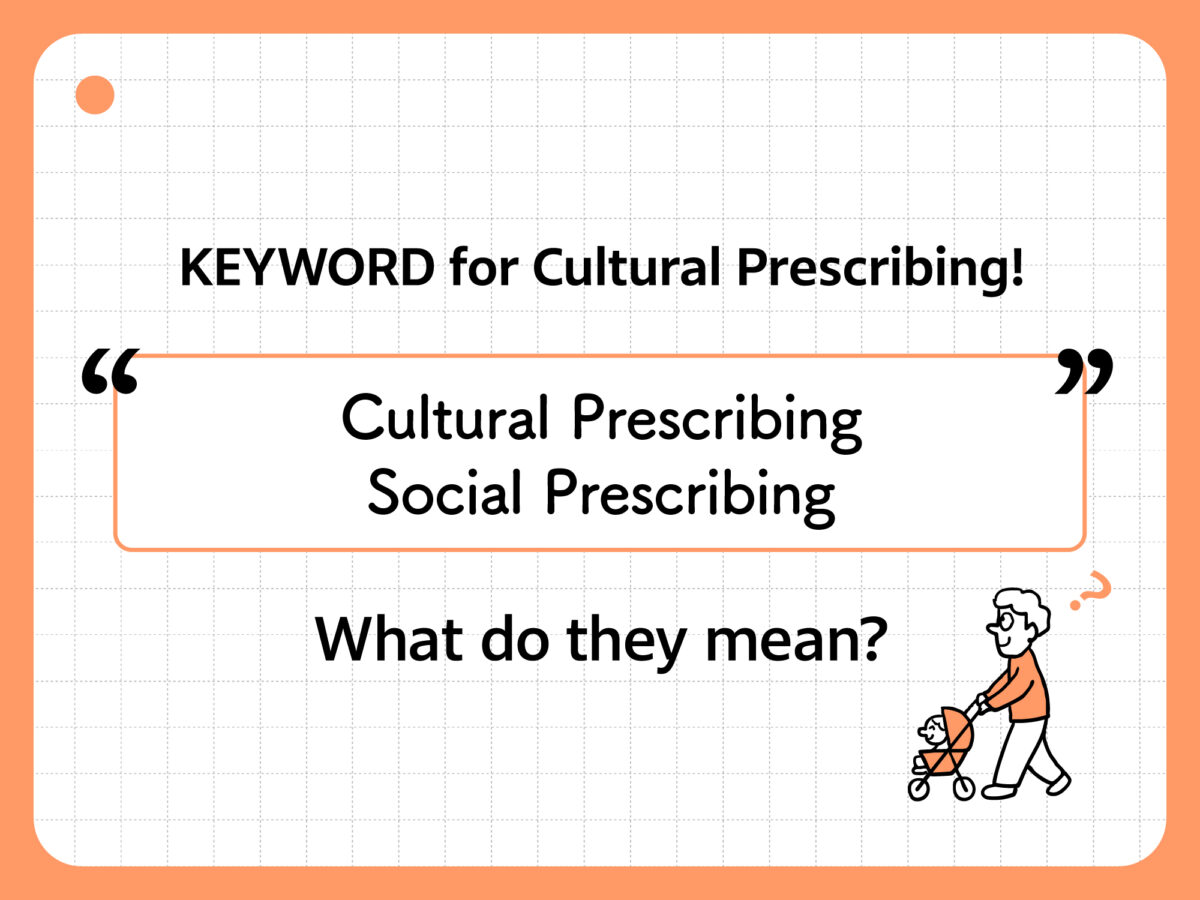 KEYWORD for Cultural Prescribing! "Cultural Prescribing and Social Prescribing" What do they mean?
KEYWORD for Cultural Prescribing! "Cultural Prescribing and Social Prescribing" What do they mean?Tokyo University of the Arts and the National Center for Art Research jointly exhibited “Discover Cultural Prescribing! Hello Future! 100-Year Museum” at “Science: Connecting You to the Future” held in Tokyo Innovation Base (TIB) in Tokyo. The exhibition introduced “Cultural Prescribing” as a way to address unwanted loneliness and social isolation. It featured paintings by Kaoru Ueda, best known for his super-realistic paintings of raw eggs, and three-dimensional works by Katsuhiko Hibino. Pictures submitted to the Kawasaki City Civic Photography Competition were also displayed as an example of collaboration with the municipal government.
In the exhibition, aa-tomo Cultural Link Workers who promote dialogue using art, encouraged intergenerational discourse by asking participants what they wanted to pass onto the world 100 years in the future. The event also featured an interactive Music workshop titled“Let’s Play with Spatial Instruments”that employed the participant’s smartphone. This event will appear at Expo 2025 Osaka, Kansai.
目次
Solutions to unwanted loneliness and social isolation
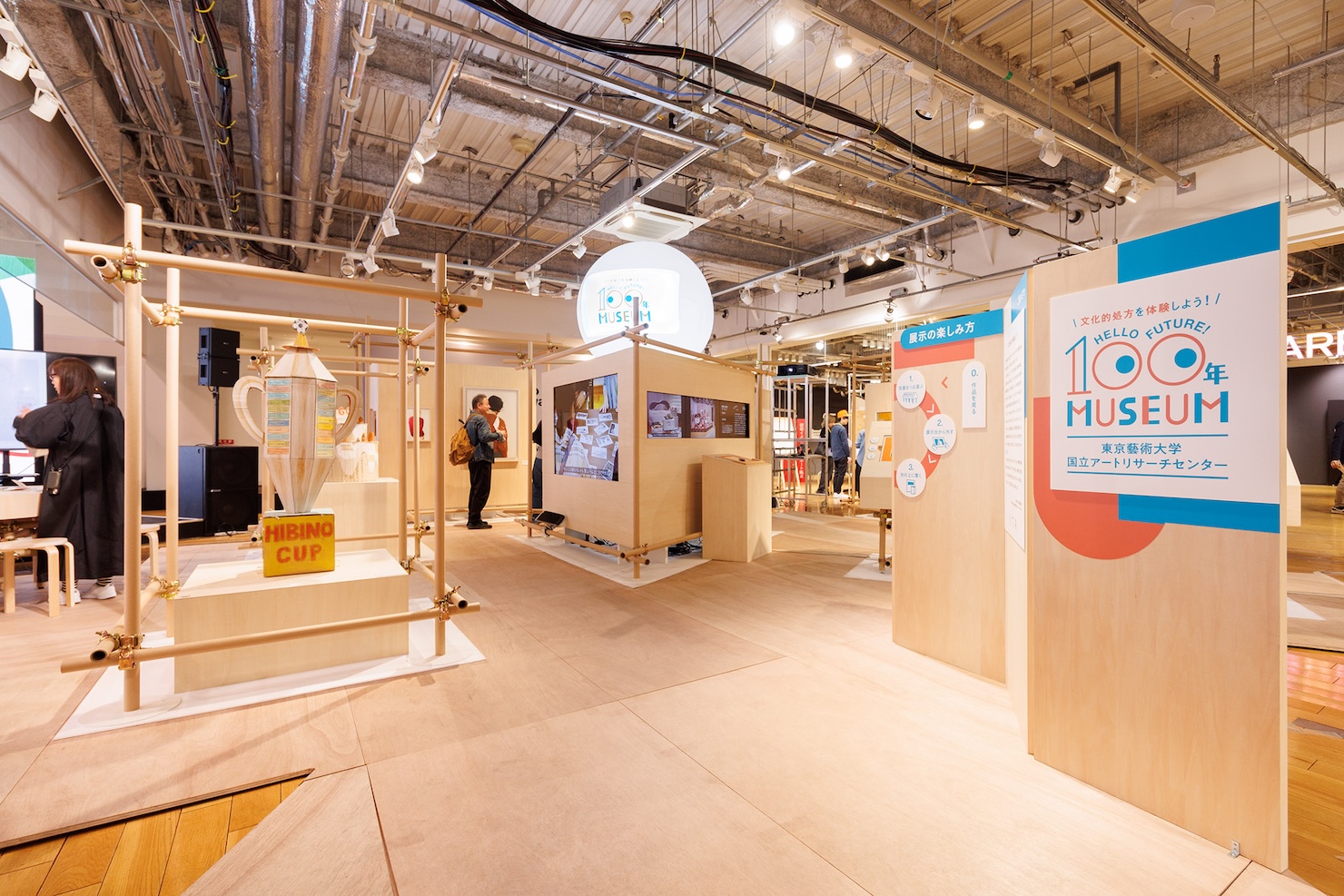
“Science: Connecting You to the Future” is a pre-event for Expo 2025 Osaka, Kansai, hosted by the Ministry of Education, Culture, Sports, Science and Technology (MEXT). The aim of this event was for visitors to experience the society of the future through science.They also wanted younger generations to view societal challenges as their own and to proactively think about what kind of society they want to create in the future.
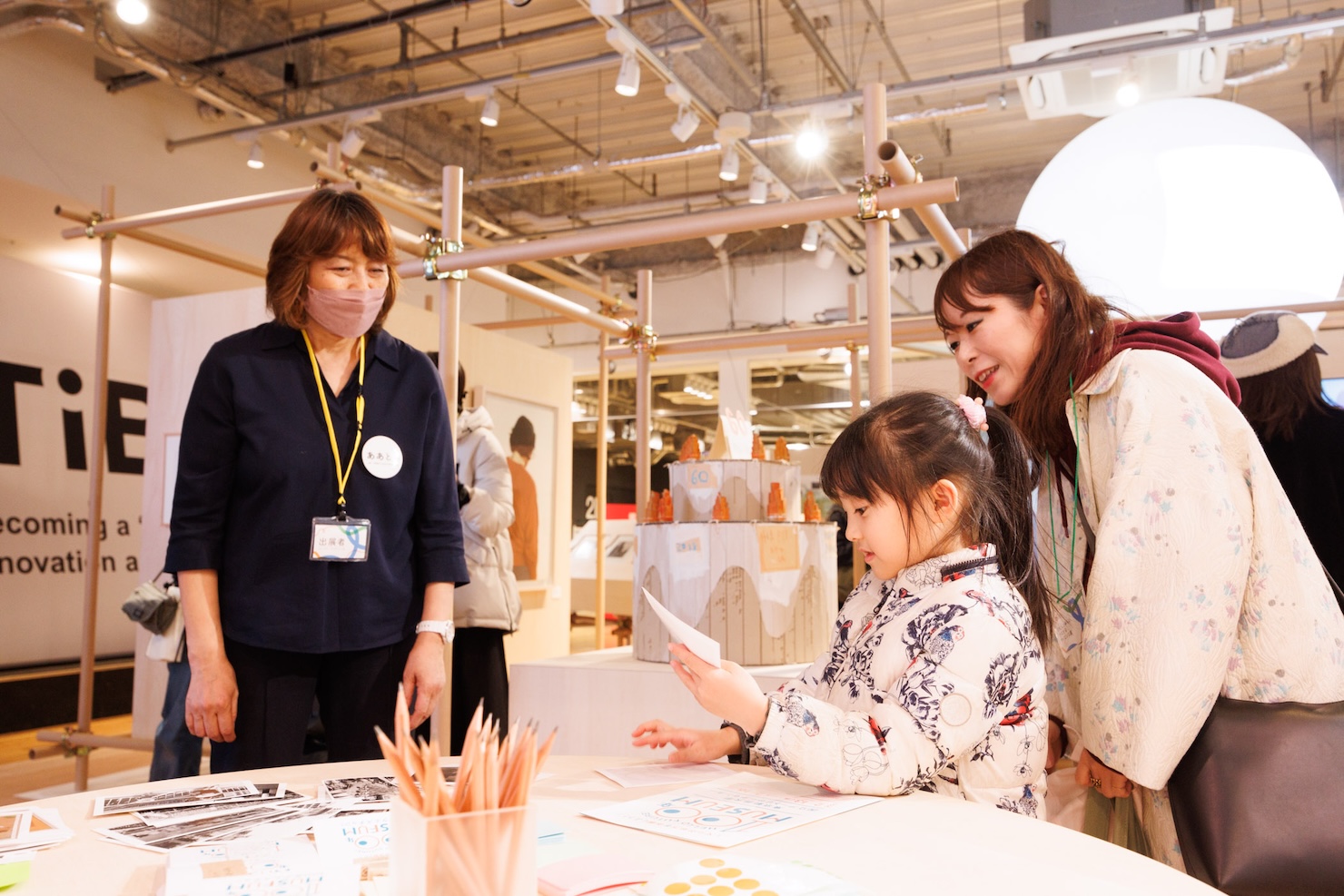
The event also aimed to highlight the work carried out by researchers tackling social issues. The National Center for Art Research and Tokyo University of the Arts collaborated to create the event “Discover Cultural Prescribing! Hello Future! 100-Year Museum” and proposed a framework called “Cultural Prescribing” to build connections through art and culture, resulting in less loneliness and social isolation.
Art experience over 100 years
Artworks and photographs by painter Kaoru Ueda and artist Katsuhiko Hibino were exhibited alongside pictures and video archives from the Kawasaki City Civic Photography Competition. Along with “Let’s Talk Art” carried out by aa-tomo Cultural Link Workers, Professor Kiyoshi Furukawa from Tokyo University of the Arts held the Music workshop “Let’s Play with Spatial Instruments” twice daily.
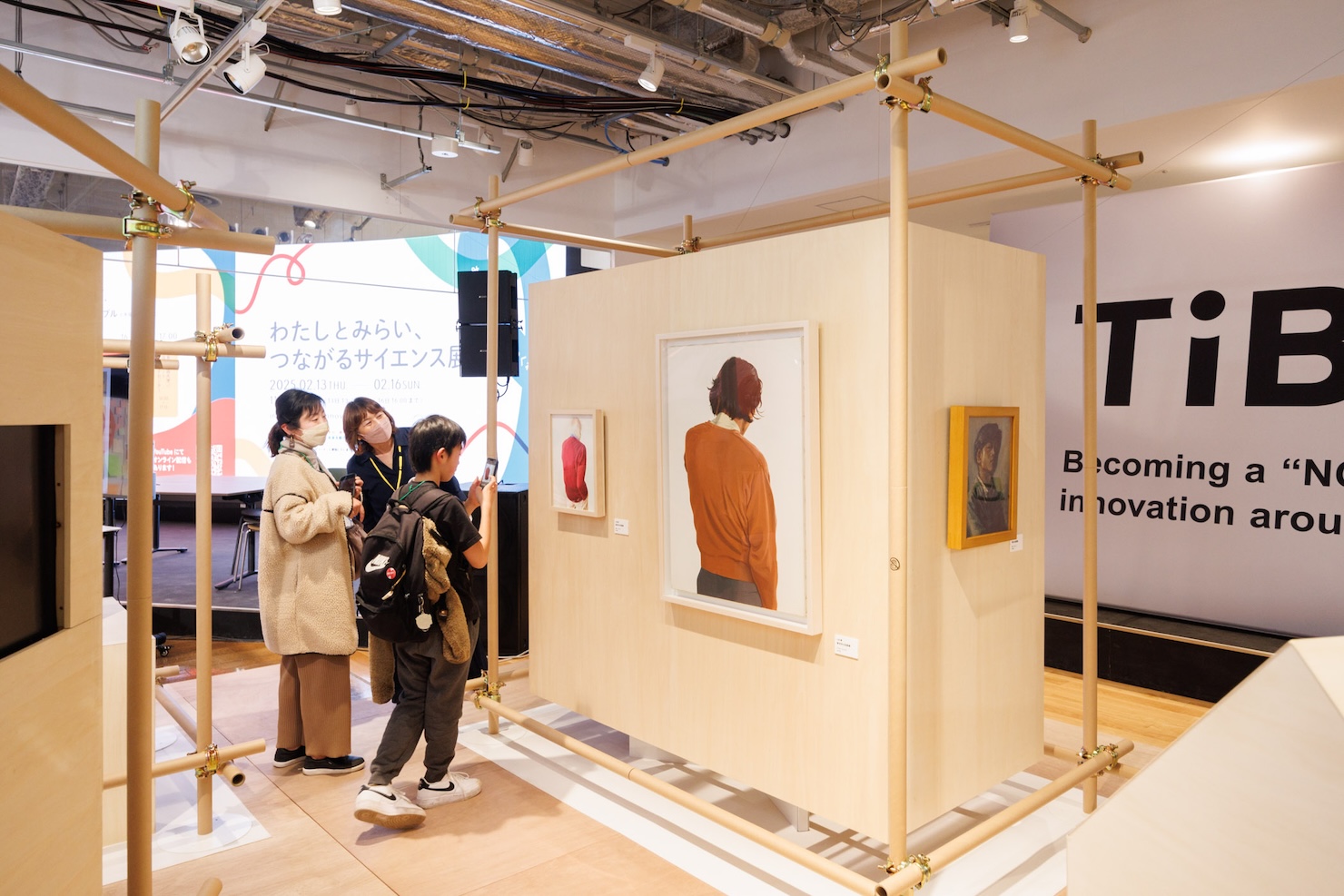
Artworks by painter Kaoru Ueda, best known for his super-realistic paintings of raw eggs, attracted a lot of attention. Ueda was born in 1928 and will soon become 100 years old. After graduating from Tokyo University of the Arts, he was active as an abstract painter and graphic designer until the 1960s. He is widely recognised for his unique technique that he established around 1970. He photographs familiar motifs and uses the images to realistically depict the subject using vivid colors and erases the background details. Ueda’s work cuts out everyday scenes and objects using his unique perspective and embodies them with a new beauty, creating fresh viewpoints and discoveries for the viewer.
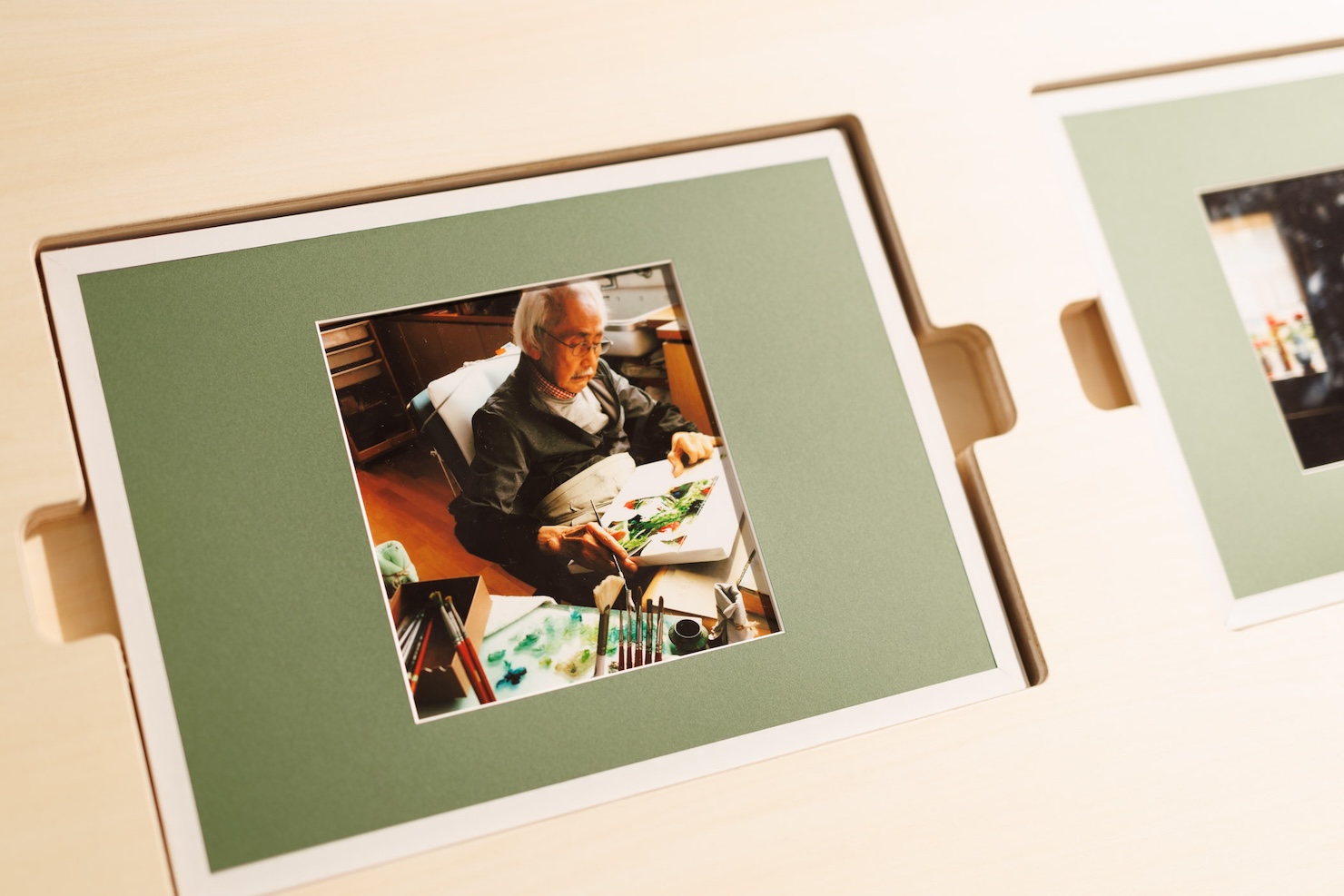
Even after his heart operation in 2020, Ueda continues to paint objects around him as a form of rehabilitation. The exhibition contains his first oil painting “Self Portrait in Blue” painted in his teenage years, two super-realistic paintings titled “Self Portrait from Behind” he created in his forties and nineties, and a recent self-portrait sketched with trembling brushstrokes. His art is an expression of himself in any given period. His self-portraits, when viewed in a different time from when they were painted, shows his timeless artistic vision and unyielding exploration of expression.
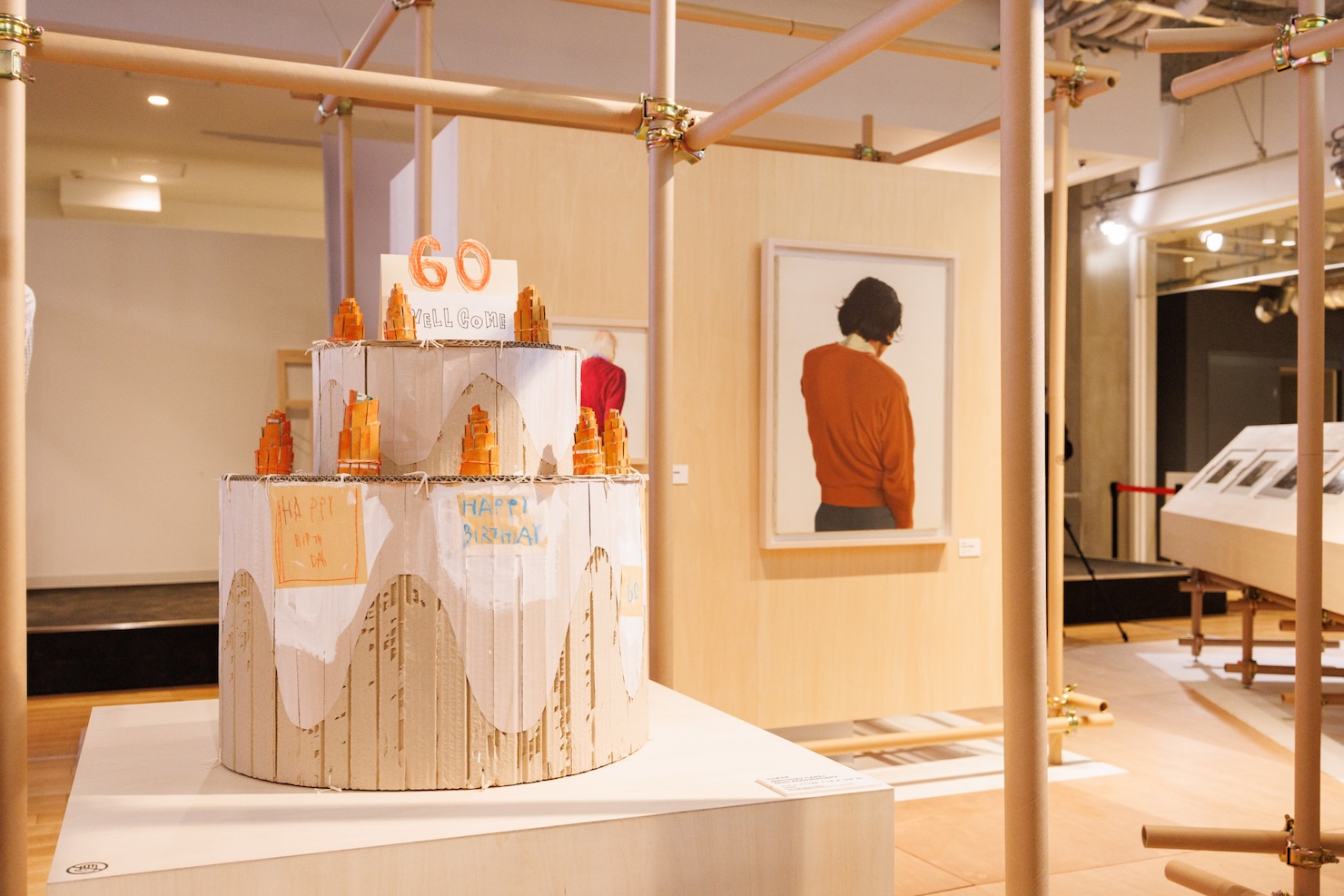
The exhibits by Katsuhiko Hibino, who led a youth culture with his novel form of expression that integrated and expanded design and art in the 1980s, also garnered much attention. He is currently the President of Tokyo University of the Arts. His cardboard birthday cake especially caught the eye. The origin story of this creation comes from an artwork he made for an assignment during his junior year at university. A wedding cake made of cardboard was the starting point for his artistic journey.
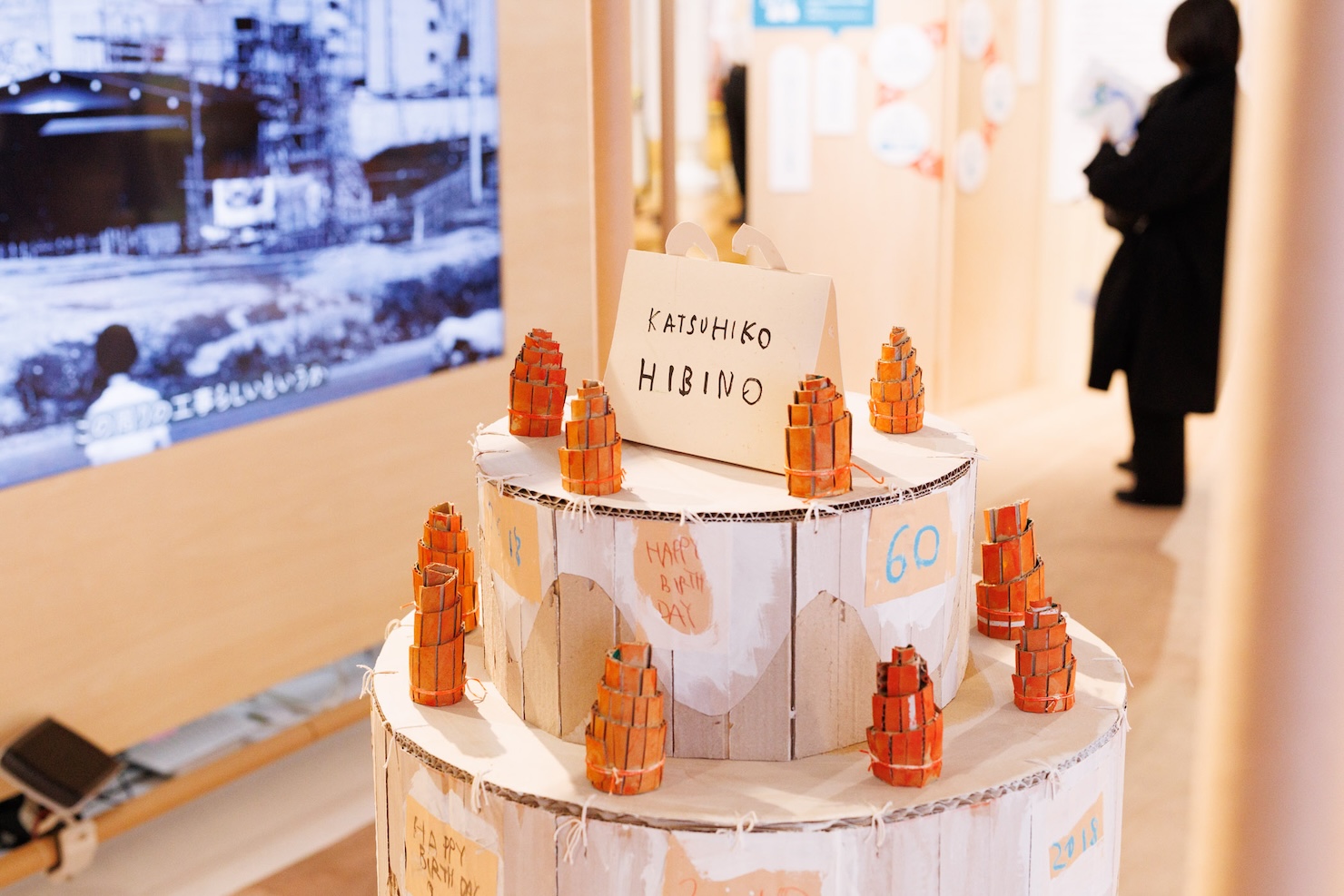
The birthday cake he created publicly on his 60th birthday was shown for the first time at this exhibition. This artwork signifies both the origin of his own creation and a turning point in his life. Hibino believes ‘art is the power of life’ and attracted attention by expanding the limits of his artistic expression to fuse media and art. This artwork is emblematic of his artistic world view.
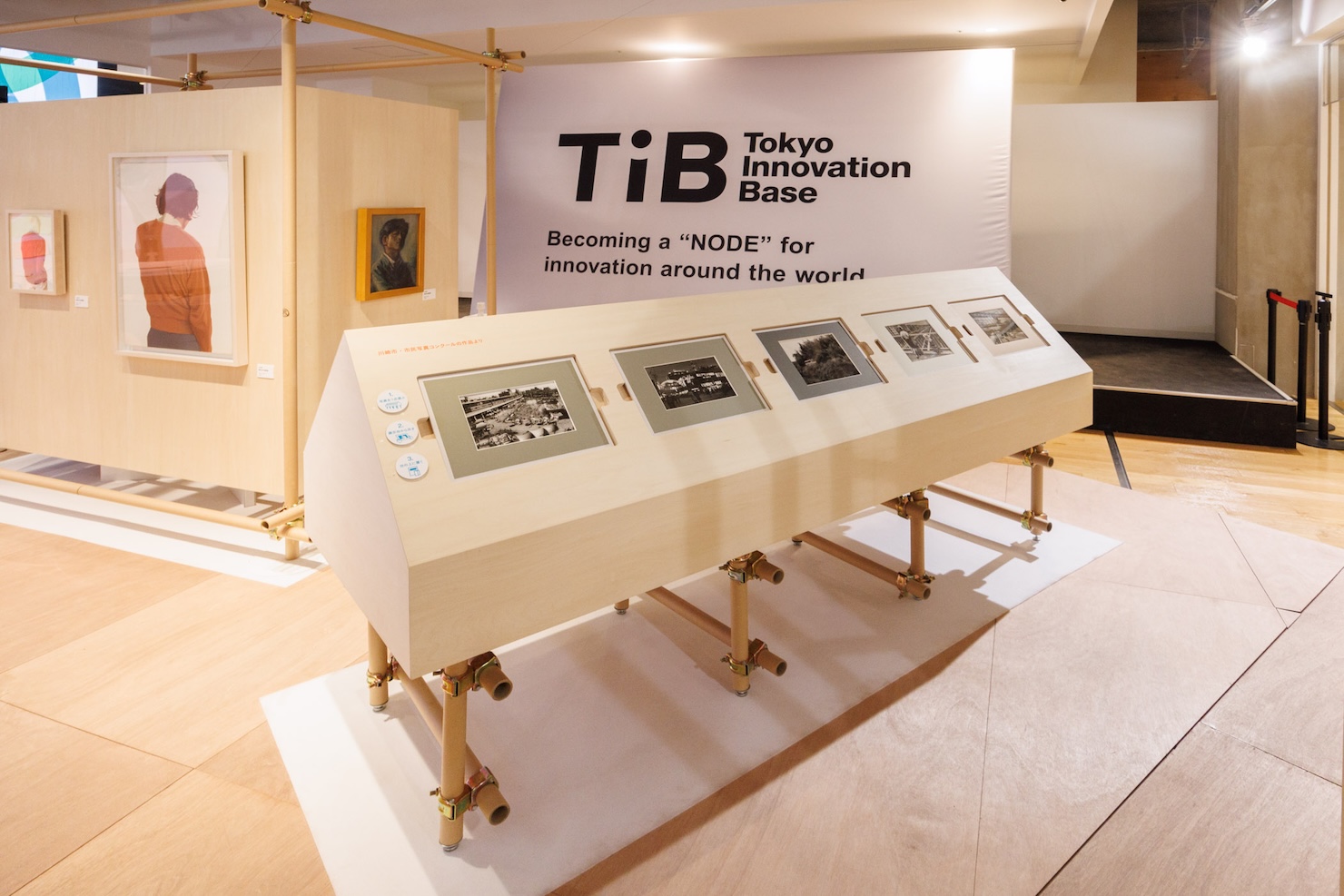
A section of the exhibition was devoted to Pictures from Kawasaki City’s Civic Photography Competitions. Chosen from competitions held since 1957, these photographs capture the scenery and everyday lives of Kawasaki City residents during Japan’s period of high economic growth.
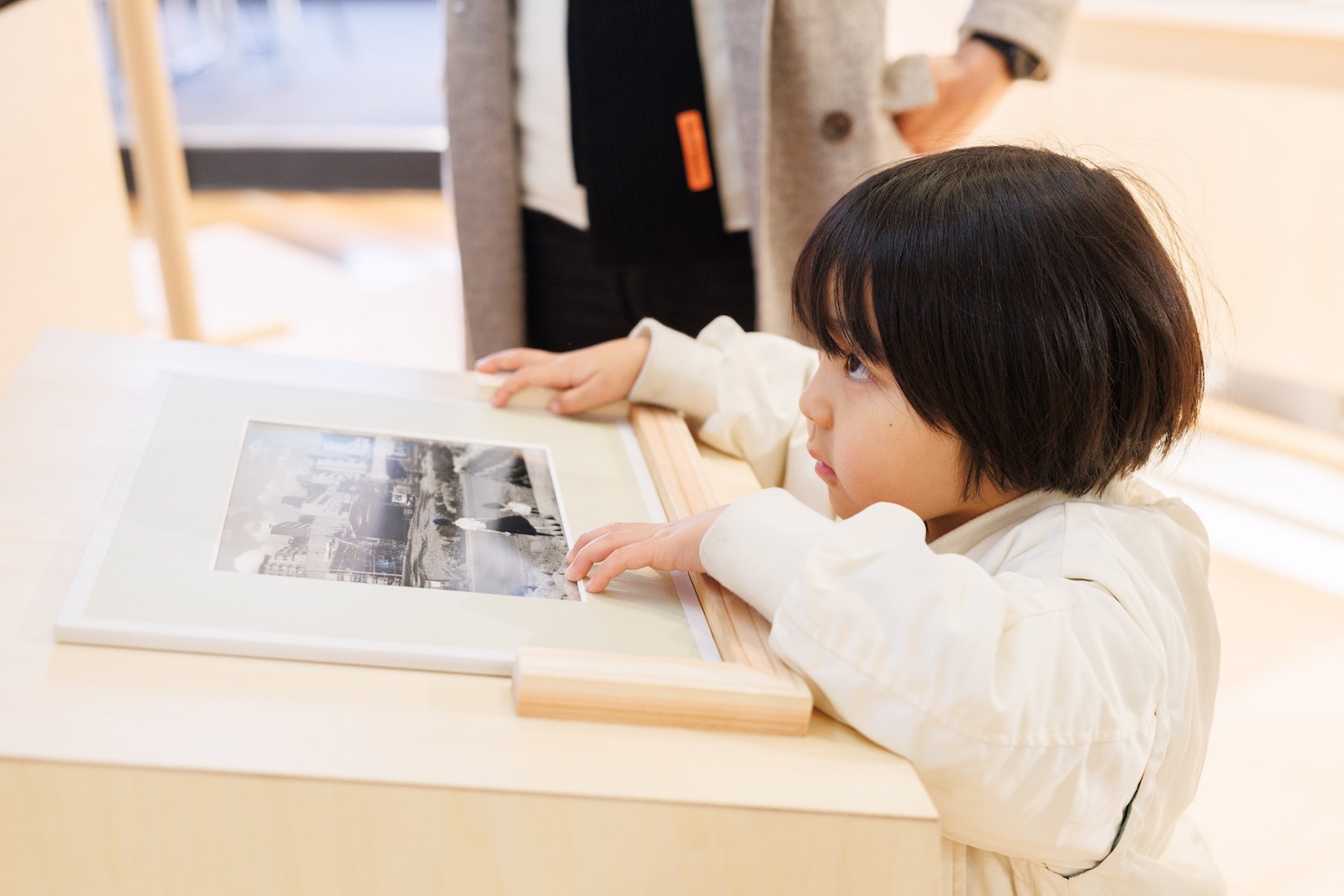
By placing a photograph panel on the installation table, the image was enlarged in the central monitor and related video and data (the picture title, photographer, year, camera data and such) were displayed on monitors on either side. The installation equipment made with NFC tags (the same used for traffic IC cards) was also used in the photo albums of Ueda and Hibino. Kawasaki City’s photography exhibition is a record of life from the point of view of the city’s residents, maintained and reproduced using digital technology. This was a good example of how Cultural Prescribing can promote connections beyond generations by sharing regional memories.
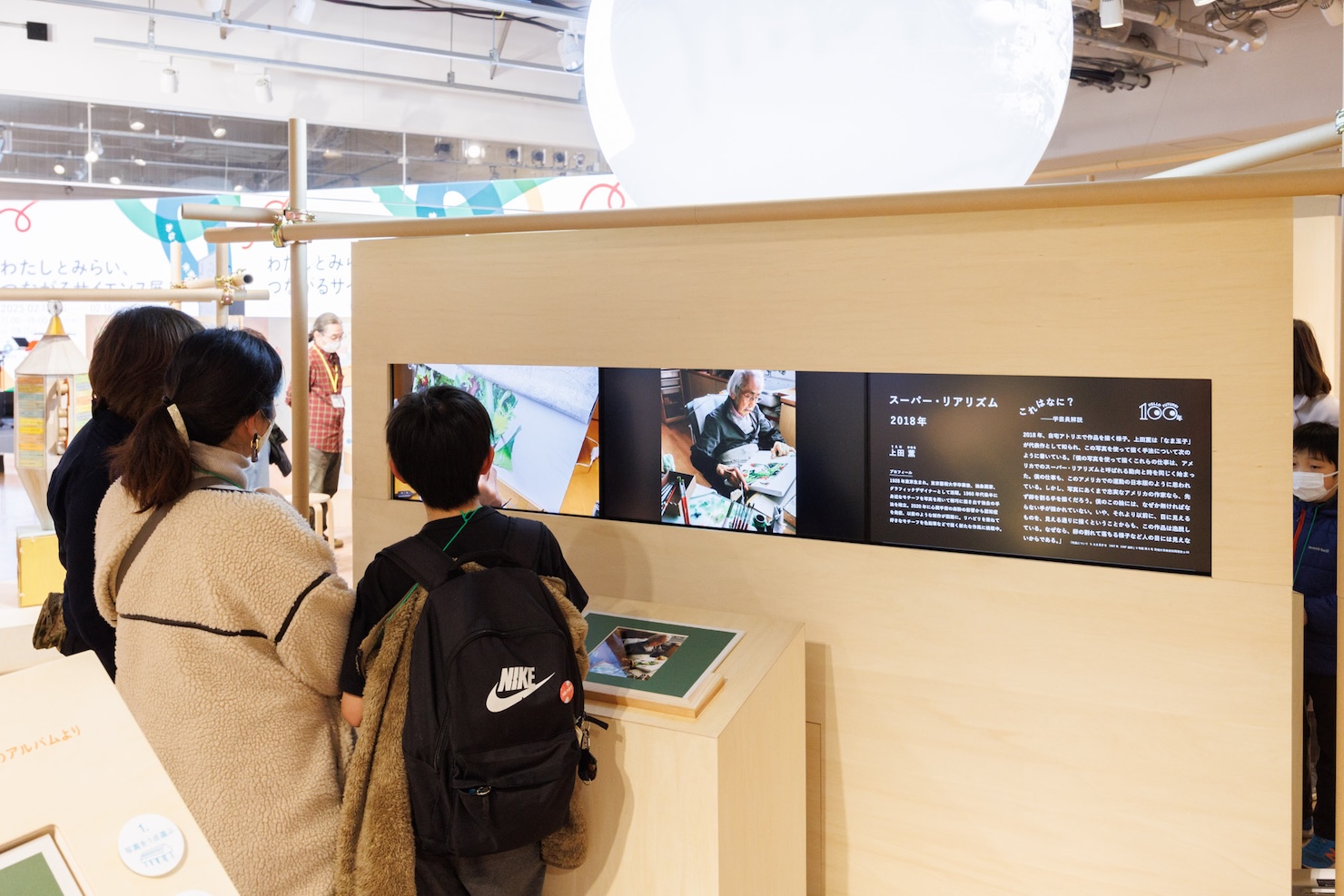
Dialogues connecting time and memories
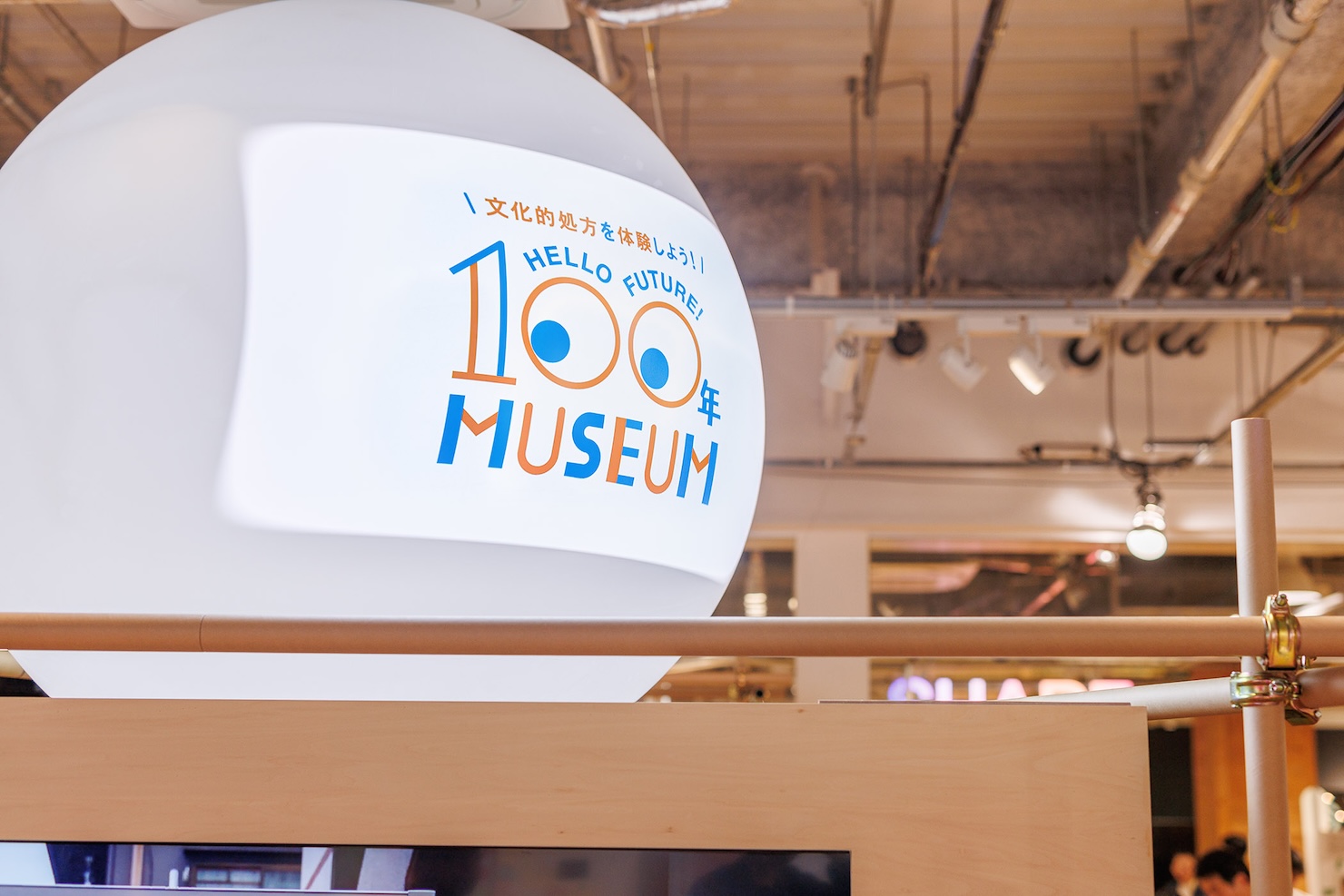
The exhibitions of Ueda, Hibino, and Kawasaki City all created rich dialogues on the themes of time and memory. Ueda’s works revealed an artistic perspective cultivated over almost a century and a creative energy toward the future, even as he overcame illness to continue his artistic journey. Hibino’s exhibition showed the expansion of his art at the forefront of its time, as well as his response to social challenges. The Kawasaki City photography exhibition conveyed scenes recorded by local residents half a century ago to the present. Together, the three exhibitions illustrated a continuous flow of time from past to present and into the future, while questioning the importance of carefully preserving and sharing both individual and collective memories. This sharing of time and memory is the very core element of Cultural Prescribing, offering pathways to alleviate loneliness and social isolation.
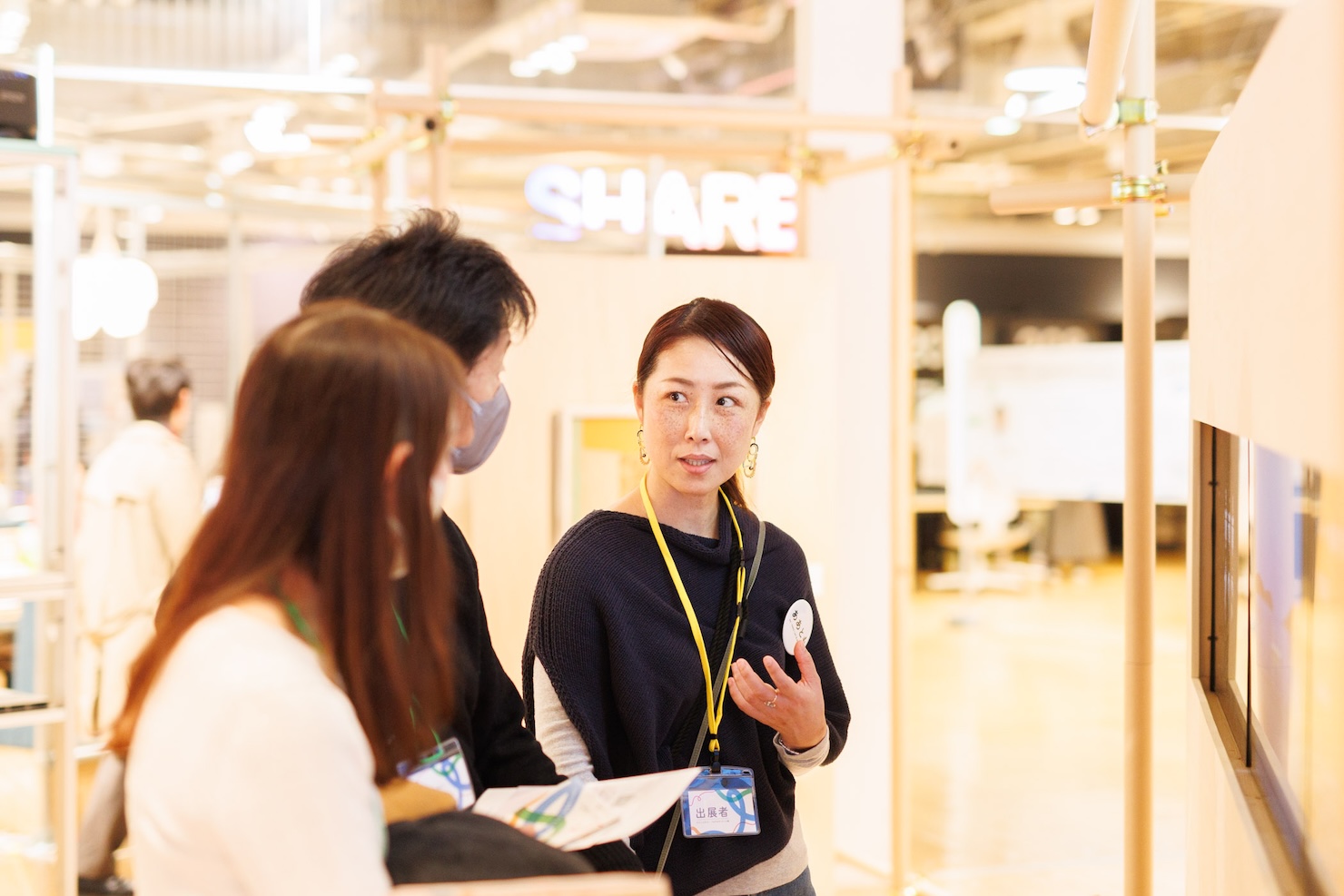
In the exhibition venue, “Let’s Talk Art” was held by aa-tomo Cultural Link Workers. They spoke with visitors looking at artworks, creating a welcoming space for dialogue through art. Visitors were encouraged to express their own viewpoints and emotions, sparking new discoveries.
Question for the future in 100 years
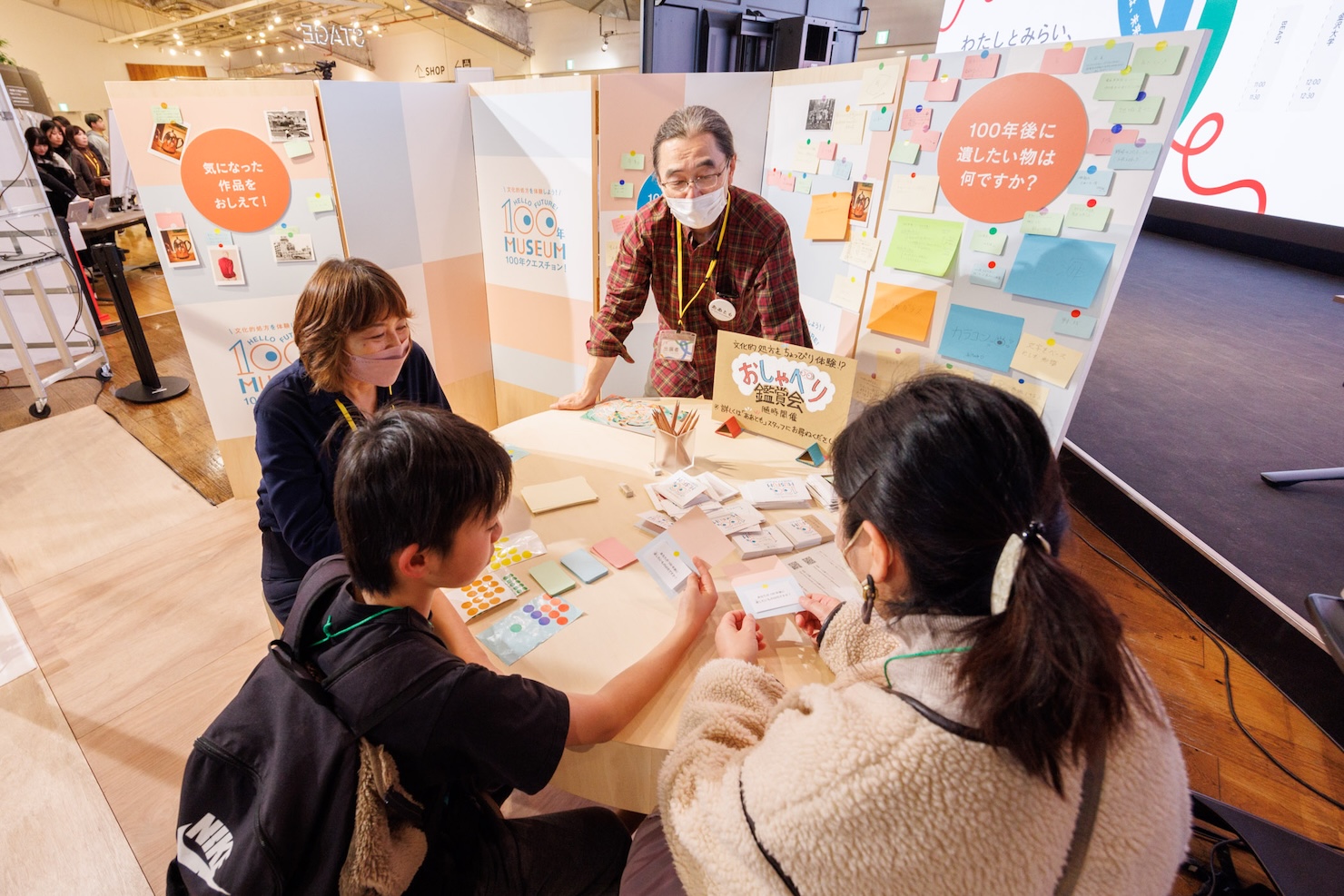
Aa-tomo asked visitors looking at the artworks, “What do you want to pass onto the world 100 years in the future?” Visitors across generations, from children to the elderly, thought seriously about the question and wrote down their own answers on pieces of paper.
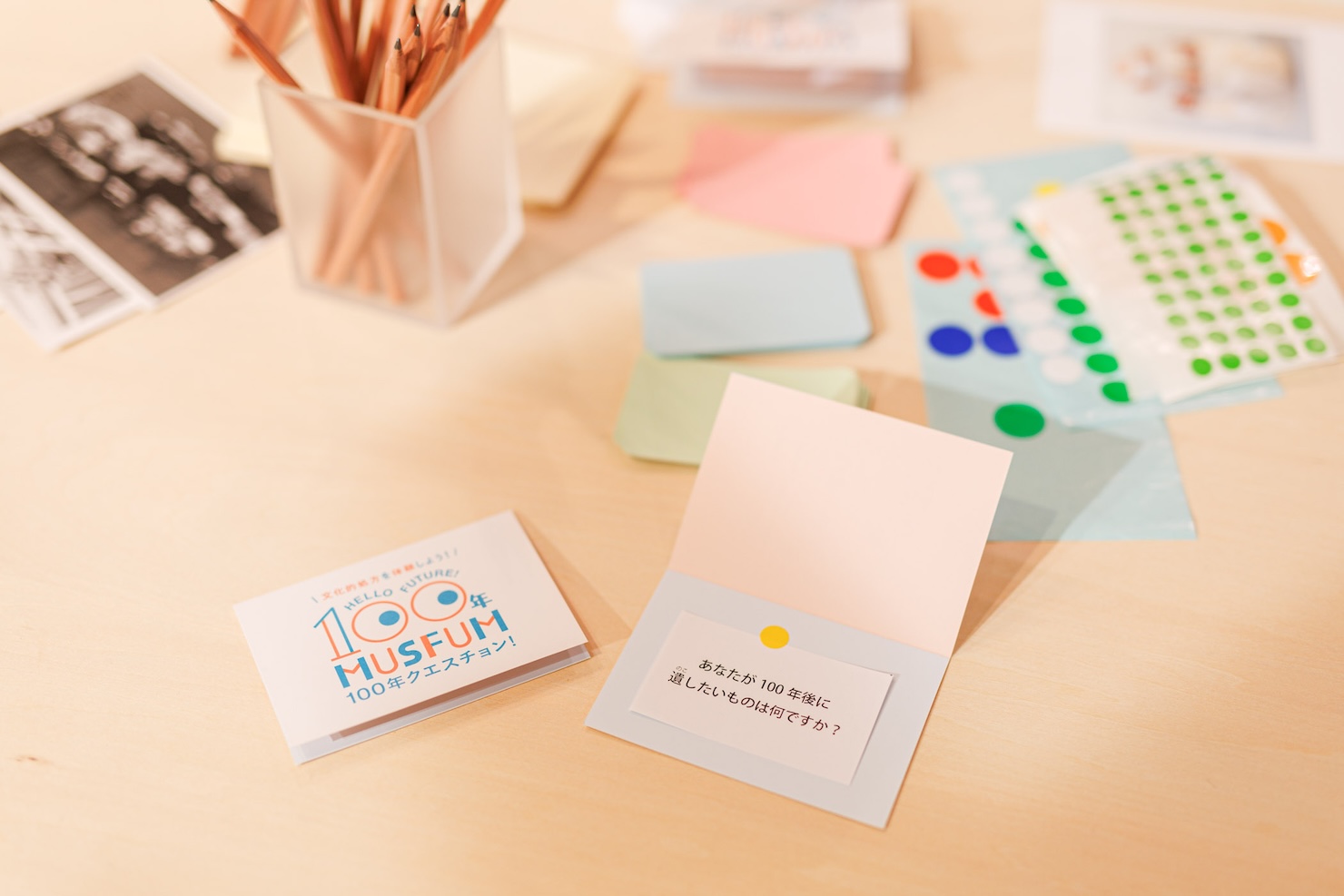
So many answers were submitted by people from different generations. Answers included: new values integrating art and science, human minds never controlled by technology, local culture, clean water, photos of 3.11, and others. Aa-tomo displayed these answers on one wall of the venue. This is exactly what Cultural Prescribing calls for – a dialogue that transcends generations and encourages people to imagine the future.
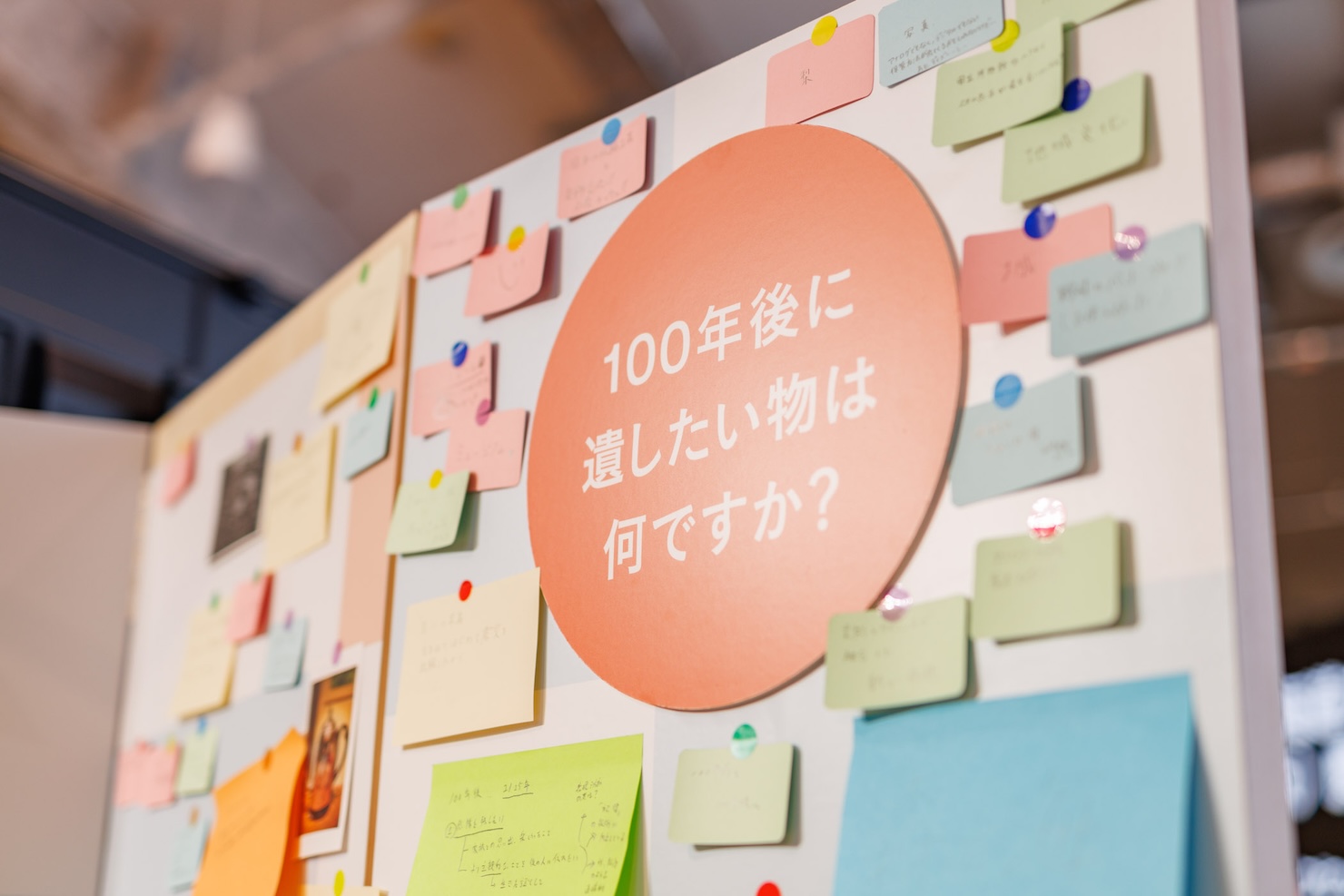
On the main stage, the workshop“Let’s Play with Spatial Instruments”run by Tokyo University of the Arts professor, Kiyoshi Furukawa, drew a large crowd. In this workshop, participants were randomly assigned a musical instrument and a sound by scanning a QR code with their smartphones. Furukawa proceeded to create a harmony by combining each musical smartphone.
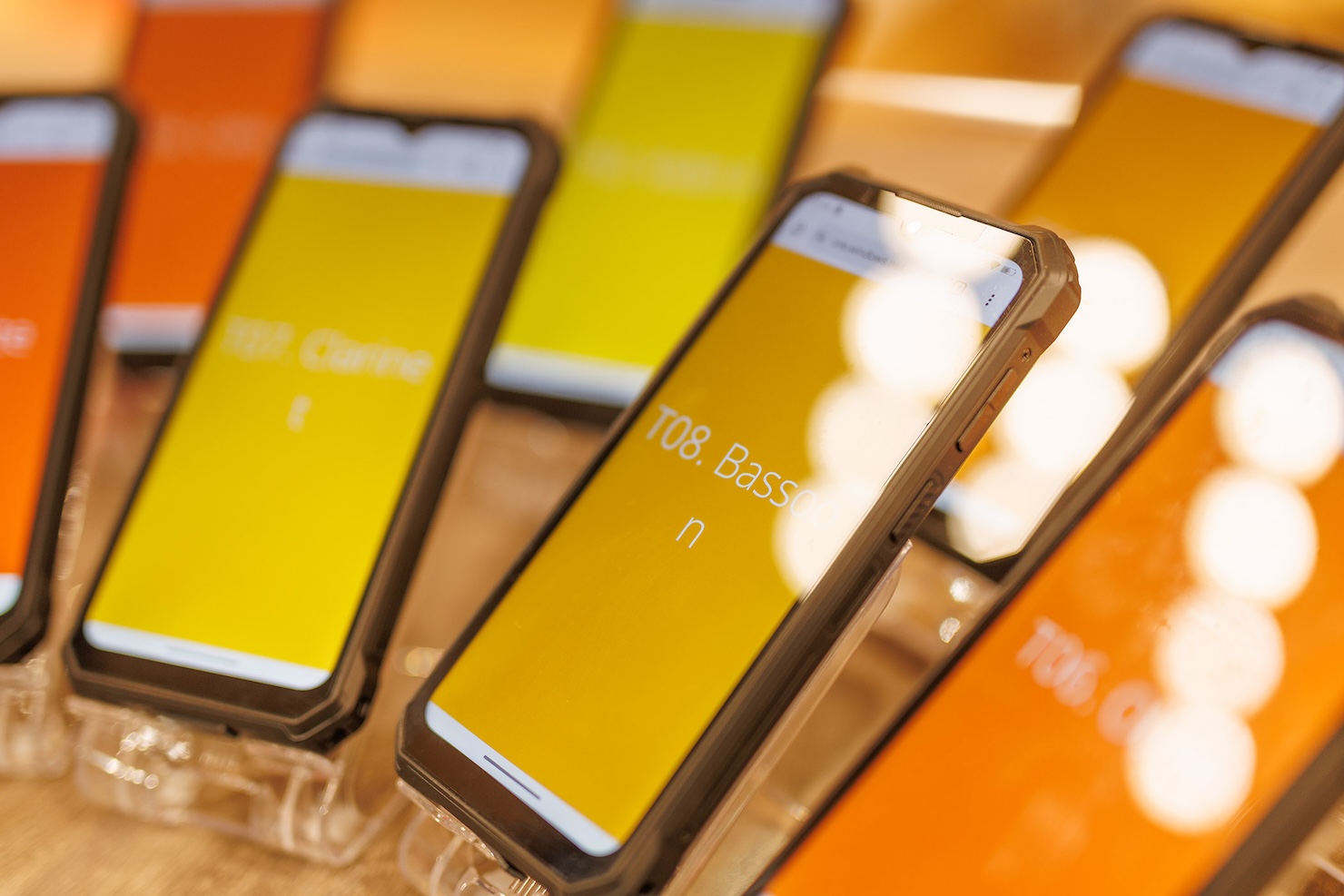
Through synchronizing the visitors’ smartphones, the entire venue became one large musical ensemble. It was astonishing. This workshop by Furukawa showed how anybody could participate in a creative musical experience through the integration of technology and art, even if that person has zero musical expertise. It gave us a glimpse into a new form of Cultural Prescribing in the digital era.
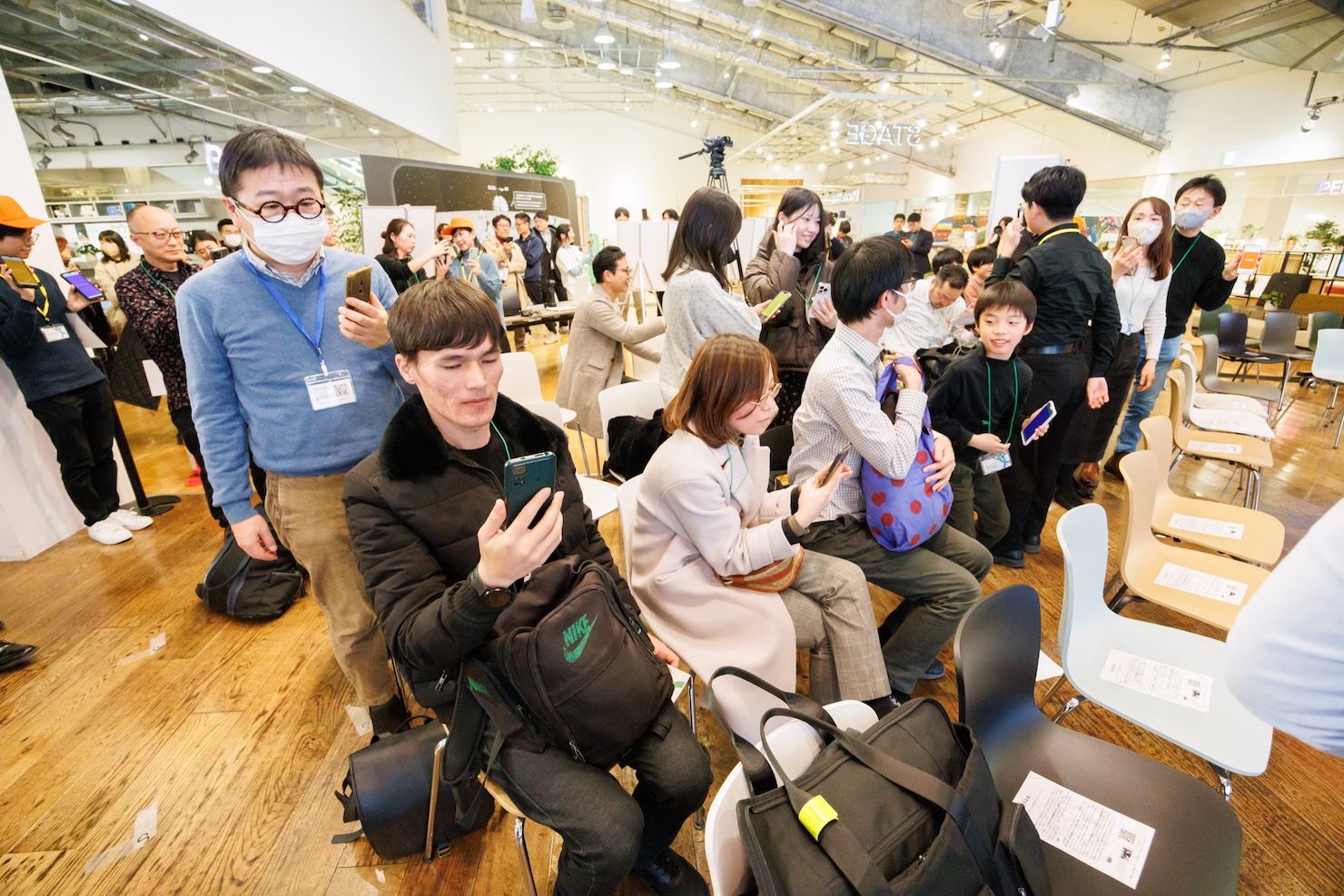
Planting seeds of hope for the future
Cultural Prescribing aims to create a society where everybody can experience culture equally. The encounters and experiences of this pre-event seemed to have planted small seeds of hope for the future, connecting people, bridging past and future, and nurturing a healthier society through the power of art. These four days marked the first hopeful step toward the main exhibition at Expo 2025 Osaka, Kansai in August 2025.
What will this new initiative of Cultural Prescribing reveal as we move into the future?
Please join us at the main exhibition, Science Exhibition: Me and the Future, to be held from August 14 to 19 within Expo 2025 Osaka, Kansai.
